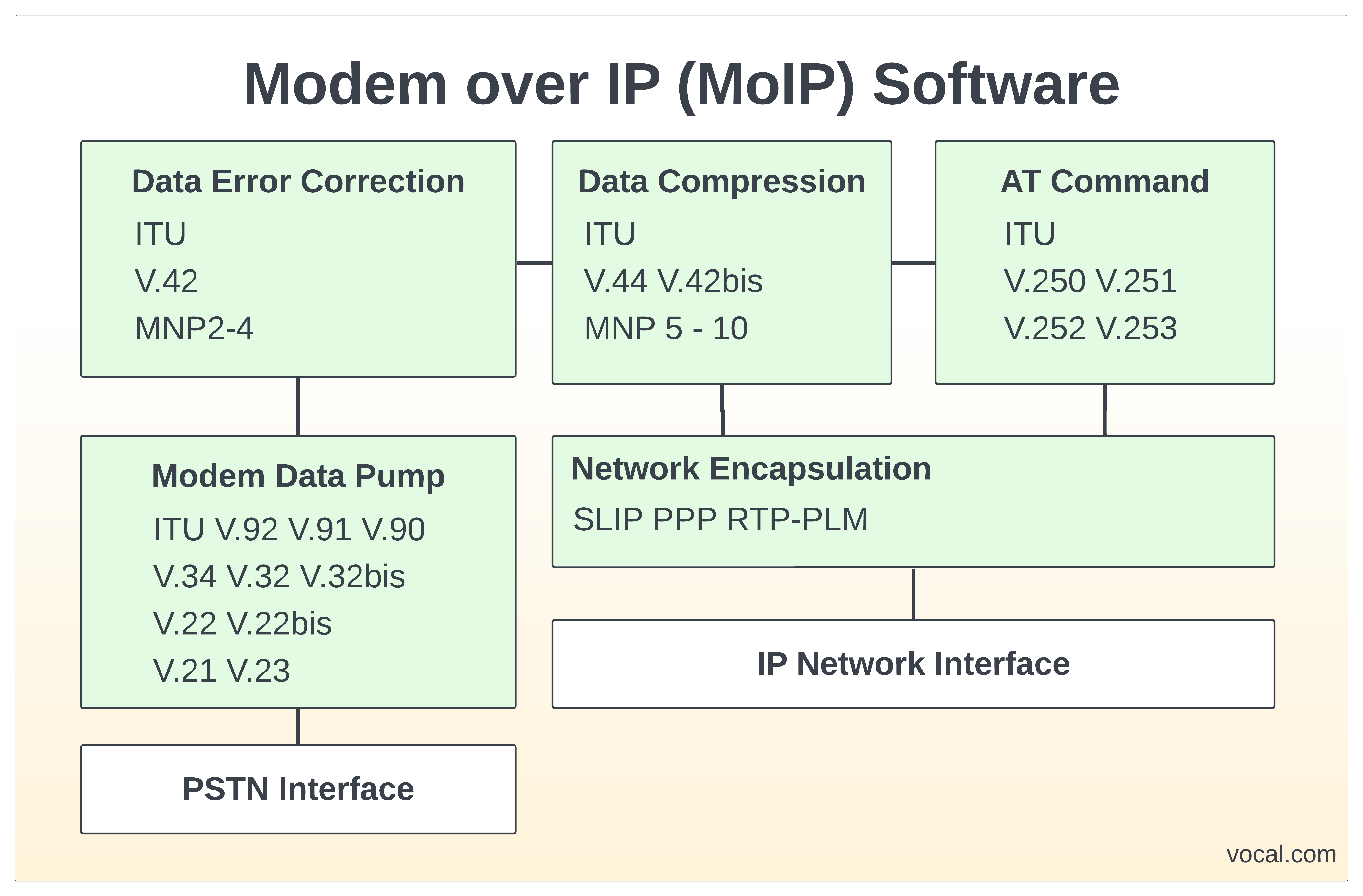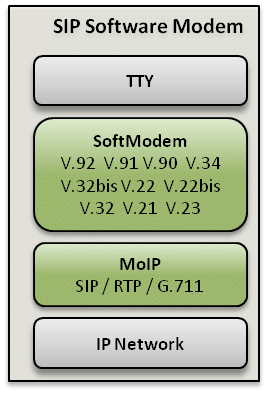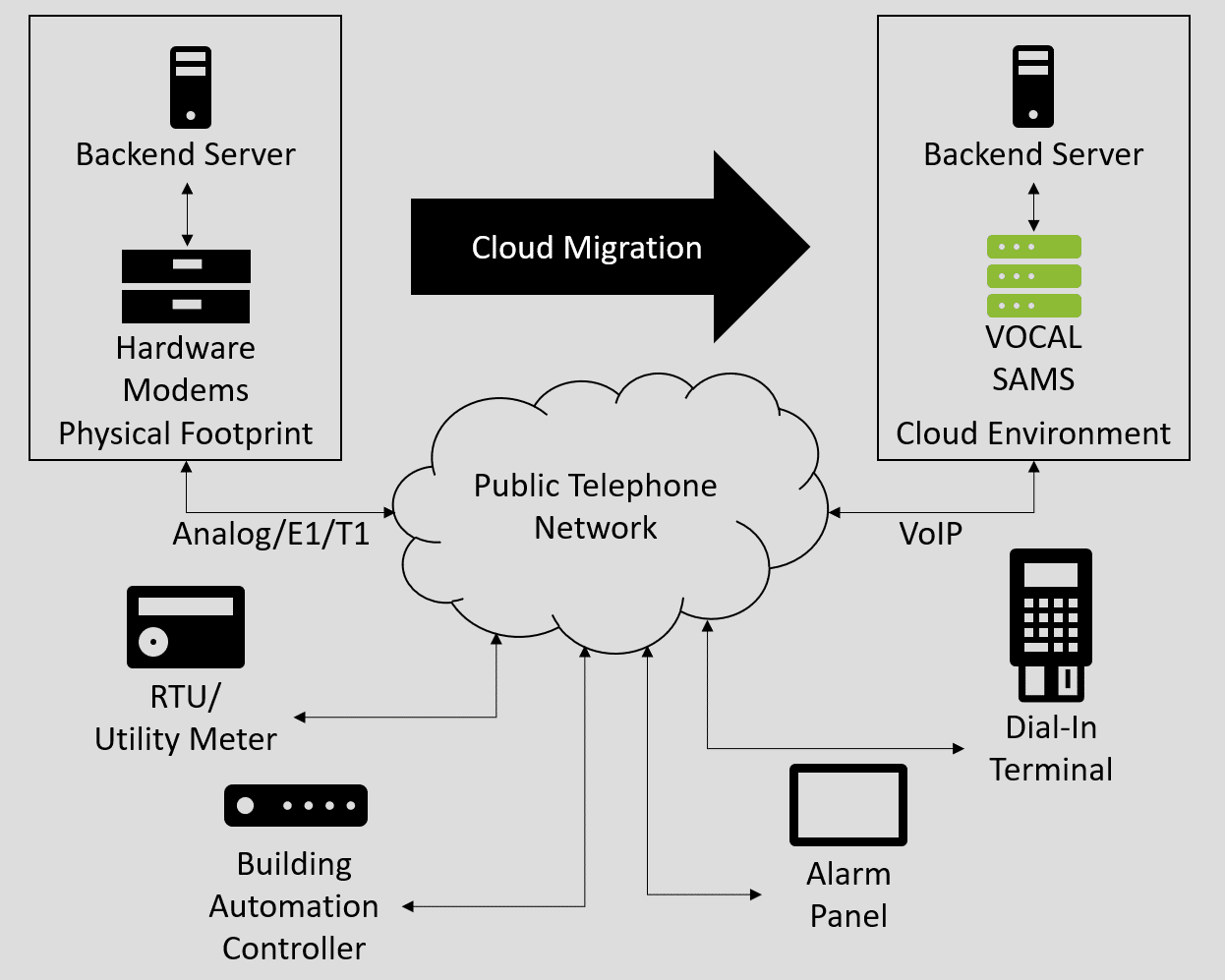VoIP Effects on Data Modem Communications
What is sample slip?
Sample slip is an adverse effect on the audio streams in Voice over IP (VoIP) networks. It is caused by the presence of clock skew between any 2 media termination points within the end-to-end VoIP call. Clock skew is an inherent part of any distributed network as the sample clocks that are utilized in the various media termination points will never be completely in sync and there will be some amount of drift, within an acceptable margin of error. Over time, and absent any PLL to control synchronization, this drift will accumulate and result in extra latency in the audio path.
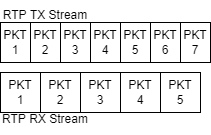 Figure 1: Exaggerated Skew Example. Each packet represents the same number of samples taken over variable time periods due to clocking skew.
Figure 1: Exaggerated Skew Example. Each packet represents the same number of samples taken over variable time periods due to clocking skew.
Systems tied to fixed sample clocks such as media gateways, conferencing servers, and Analog Telephone Adaptors must account for this extra skew to prevent excessive round-trip delays. This is especially important for human-to-human voice calls where excess delay can make back and forth conversations uncomfortable. The most common way to deal with this skew is to either add or remove samples as needed. This can be done on an individual sample level, or on a packet level.
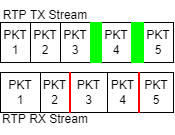 Figure 2: Samples can be inserted and deleted to correct the stream timing
Figure 2: Samples can be inserted and deleted to correct the stream timing
For voice communications, this skew adjustment is often harmless as it can be done during periods of silence and single sample or packet adjustments create negligible impairments to the perceived call quality. Modems, on the other hand, are extremely sensitive to this kind of adjustment. After connections are established, modems are continuously sending audio back and forth so there are no silence gaps to make the corrections. Not only will a sample slip produce a burst of errors at the time of the sample adjustments, but it will also result in the loss of synchronization for the baud edge detection between the modems (another type of clock skew).
How does SAMS work on VoIP?
Enabled by the fact that SAMS is a fully software-based modem solution that is not tied to any fixed sample clock, it is designed to limit and eliminate skew between itself and the remote gateway. SAMS will derive sample timing from the RTP stream of the remote gateway rather than an internal clock which will virtually eliminate clock skew over large periods of time, effectively creating a PLL between the 2 clocks. This is referred to as “virtual time tracking”.
How do VoIP networks support modem calls?
Much of the public telephone backend infrastructure has already been replaced with VoIP technology and as such VoIP is successfully used to carry modem calls constantly. This is accomplished by conditioning the media characteristics for the call based on detection of modem signals such as 2100Hz Answer Tone. Media conditioning includes disabling network echo cancellers, switching to modem compatible voice codecs such as G.711, expanding and locking jitter buffers, and disabling clock skew adjustments (sample slips). Expanding and locking jitter buffers and disabling skew adjustments will increase the round-trip latency of the media path, and thus the modem data path, but this is preferrable to the sample slip and packet loss that can occur without this line conditioning in place. In addition to media path conditioning, clock synchronization between call legs goes a long way towards eliminating clock skew.
These kinds of mitigations are often present in toll quality VoIP networks except where they are absent due to administrative choices or lack of support in the telecom equipment. In the absence of these mitigations, modem call quality will be greatly deteriorated. Calls will suffer constant retraining, “garbage” data appearing on the line, and loss of connection. That is why it is important to utilize high quality telecom providers and communications equipment when operating modem calls over VoIP networks.
VOCAL’s solution is available for the above platforms. Please contact us for specific supported platforms.

